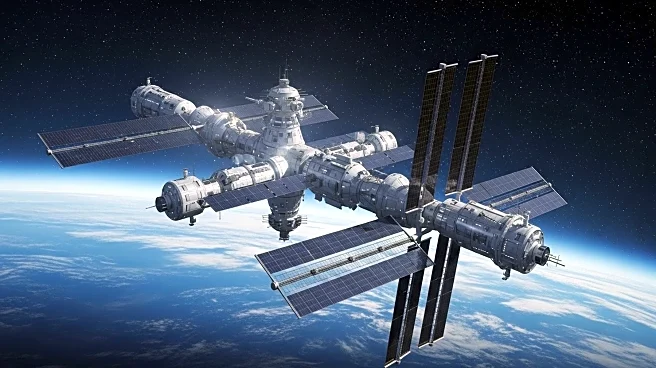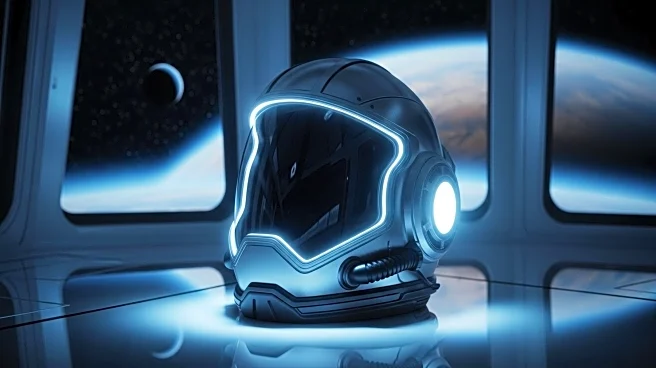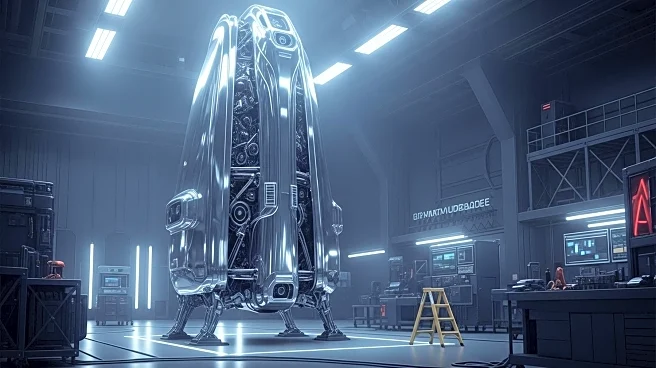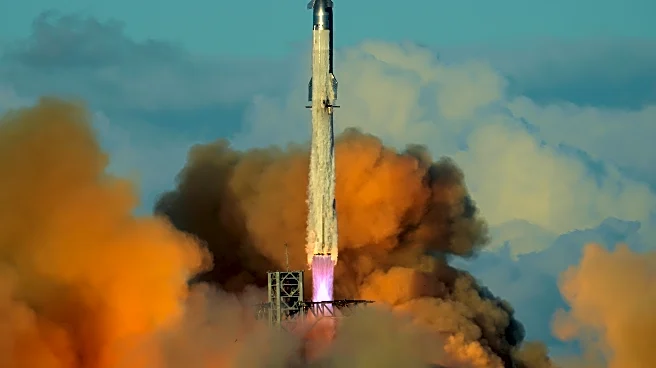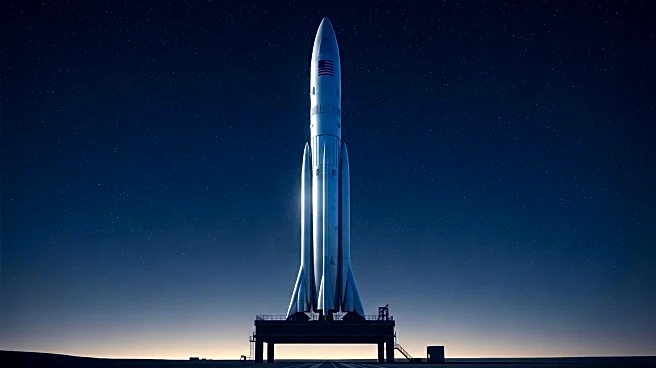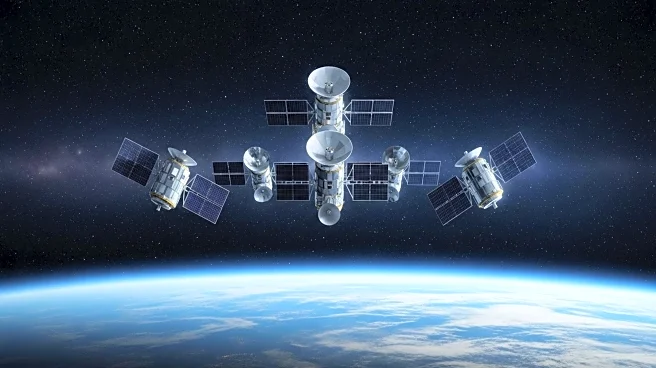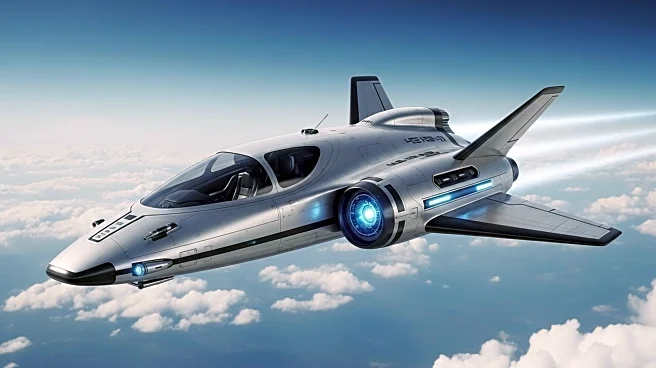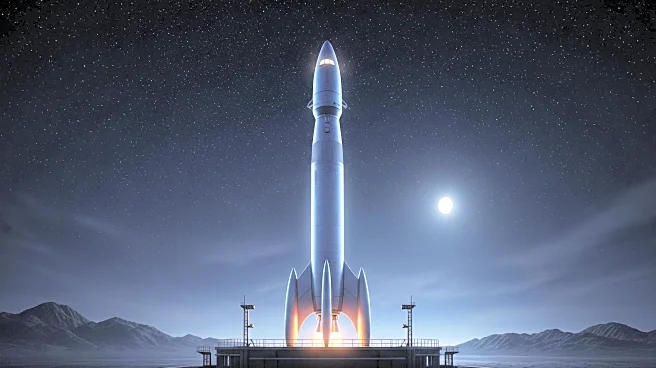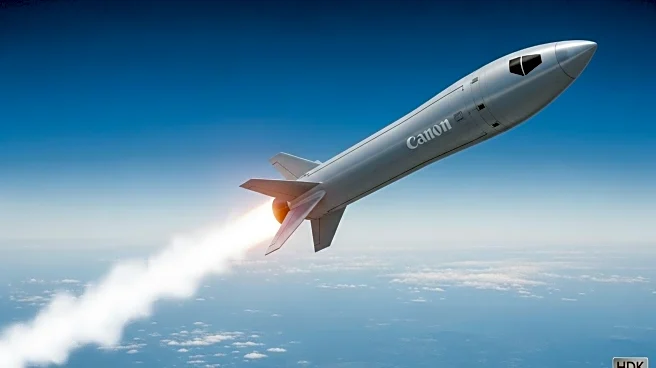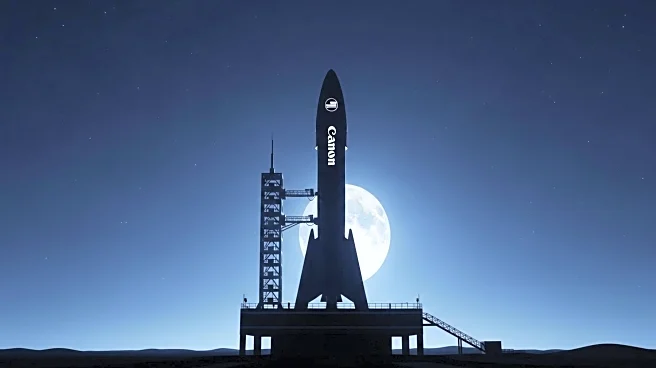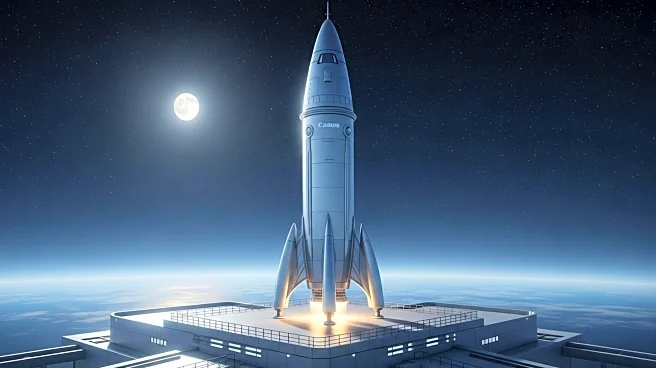What is the story about?
What's Happening?
NASA has announced plans to deorbit the International Space Station (ISS) in 2030, marking the end of an era of international cooperation in space. Since its launch in 1998, the ISS has been a hub for over 4,000 experiments, contributing to advancements in various scientific fields. The station will be driven into a remote area of the Pacific Ocean. NASA aims to transition to commercially operated space stations, having already invested over $400 million to stimulate their development. The agency plans to continue utilizing low-Earth orbit for research, with commercial stations expected to be operational before the ISS is decommissioned.
Why It's Important?
The decommissioning of the ISS represents a significant shift in space exploration strategy, moving from government-led initiatives to commercial partnerships. This transition could lead to increased innovation and reduced costs in space research, as private companies bring new technologies and efficiencies. The move also reflects NASA's broader strategy to leverage commercial capabilities for space missions, potentially accelerating the pace of exploration and scientific discovery. The end of the ISS era may also impact international collaborations, as countries like China continue to develop their own space stations.
What's Next?
NASA's transition to commercial space stations involves selecting companies to develop and operate these facilities, ensuring they meet safety standards. The agency will continue to purchase missions and services from these stations, similar to current arrangements with SpaceX and Boeing. As commercial stations become operational, they will provide new opportunities for research and international collaboration. Meanwhile, China's Tiangong space station will continue its operations, potentially becoming the longest continuously inhabited space station. The success of commercial stations will depend on their ability to attract research projects and maintain safety standards.
AI Generated Content
Do you find this article useful?
